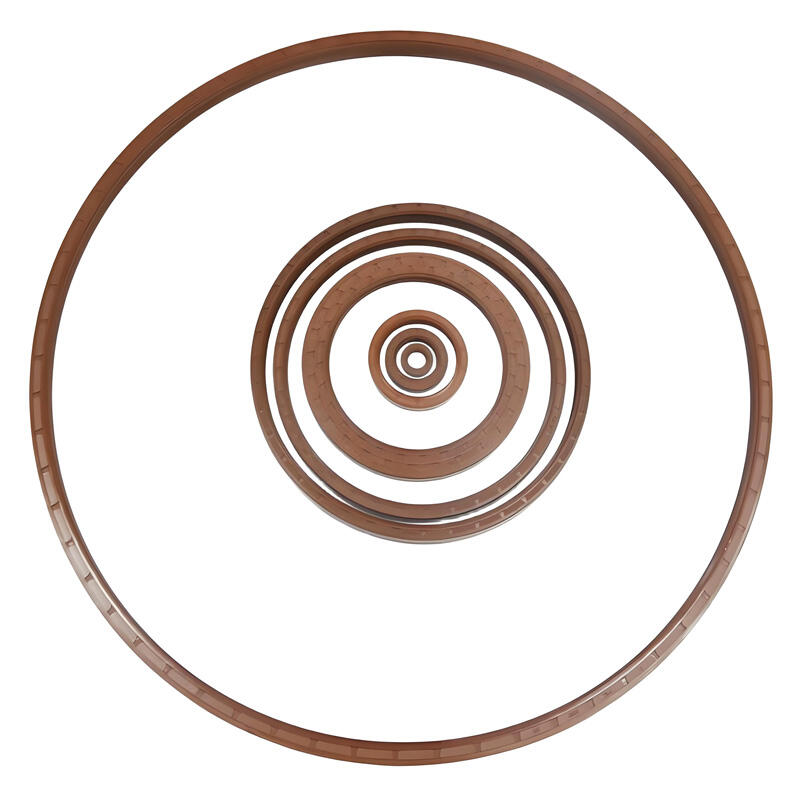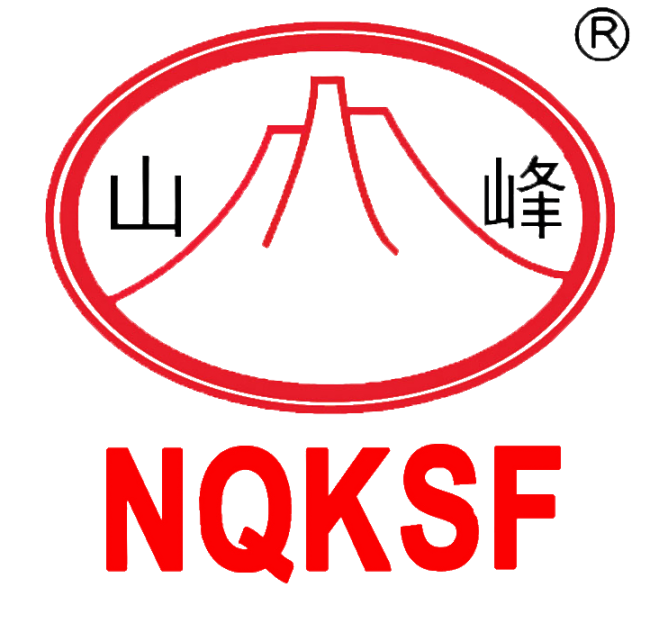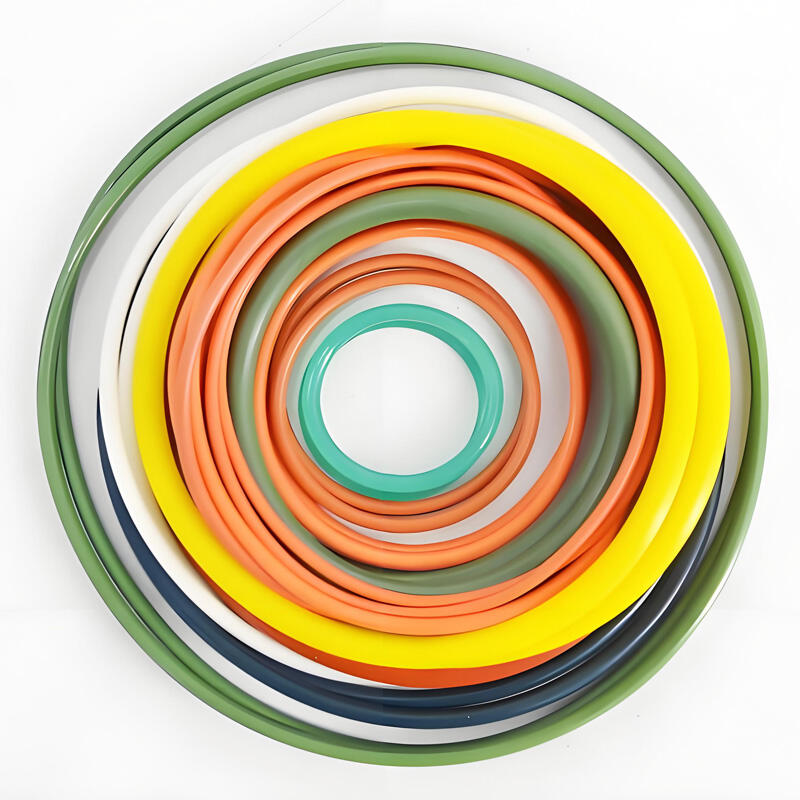Understanding Advanced BASL Seal Technology in Modern Industry
In the realm of industrial sealing solutions, BASL seals represent a significant advancement in fluid containment and mechanical protection. These innovative sealing systems have revolutionized how industries approach their sealing requirements, offering unprecedented levels of reliability and performance. By incorporating cutting-edge materials and precision engineering, BASL seals have become the go-to choice for operations demanding excellence in sealing technology.
The evolution of BASL seals marks a departure from conventional sealing methods, introducing sophisticated design elements that address the complex challenges of modern industrial applications. From harsh chemical environments to extreme temperature conditions, these seals demonstrate remarkable versatility and durability that surpass traditional alternatives.
Core Components and Design Excellence
Advanced Material Composition
At the heart of BASL seals lies their exceptional material composition. These seals utilize high-grade polymers and advanced composites specifically engineered to withstand extreme conditions. The carefully selected materials exhibit superior resistance to chemical exposure, temperature fluctuations, and mechanical stress, ensuring long-term reliability in demanding applications.
The polymer blends used in BASL seals undergo rigorous testing and refinement processes to achieve optimal performance characteristics. This includes enhanced elasticity, improved wear resistance, and superior thermal stability – properties that contribute significantly to the seal's extended service life and consistent performance.
Precision Engineering and Manufacturing
The manufacturing process of BASL seals involves state-of-the-art precision engineering techniques. Each seal is produced with extremely tight tolerances, ensuring perfect fit and optimal sealing effectiveness. The sophisticated manufacturing processes incorporate advanced quality control measures at every stage, guaranteeing consistency and reliability across all products.
Computer-aided design and automated manufacturing systems play crucial roles in maintaining the high standards associated with BASL seals. These technologies enable the production of complex seal geometries while maintaining precise specifications that are essential for peak performance.
Performance Characteristics and Advantages
Superior Sealing Efficiency
BASL seals demonstrate exceptional sealing efficiency across a wide range of operating conditions. Their unique design creates an optimal sealing interface that effectively prevents leakage while minimizing friction and wear. This efficiency translates to reduced maintenance requirements and improved system reliability.
The seals' advanced lip design and pressure distribution capabilities ensure consistent performance even under fluctuating pressure conditions. This adaptability makes BASL seals particularly valuable in applications where maintaining seal integrity is critical to operational success.
Environmental Adaptability
One of the most remarkable features of BASL seals is their ability to maintain performance across diverse environmental conditions. Whether exposed to extreme temperatures, aggressive chemicals, or high-pressure situations, these seals consistently deliver reliable sealing solutions. Their robust design and material properties enable them to adapt to changing conditions without compromising seal integrity.
The environmental versatility of BASL seals extends to their ability to handle both water-based and oil-based media, making them suitable for a wide range of industrial applications. This adaptability reduces the need for application-specific seal variants, simplifying inventory management and maintenance procedures.
Installation and Maintenance Considerations
Proper Installation Procedures
The effectiveness of BASL seals heavily depends on proper installation techniques. Professional installation ensures optimal alignment and seating, crucial for maximizing seal performance and longevity. The installation process requires attention to detail, including careful cleaning of mounting surfaces and proper lubrication where specified.
Installation tools and guidelines specifically designed for BASL seals help prevent common installation errors that could compromise seal performance. Following manufacturer-recommended installation procedures is essential for achieving the full benefits of these high-performance seals.
Maintenance Best Practices
While BASL seals are designed for minimal maintenance, regular inspection and preventive maintenance protocols help ensure continued optimal performance. This includes monitoring for wear patterns, checking alignment, and addressing any environmental factors that might affect seal life.
Establishing a comprehensive maintenance schedule that includes periodic seal inspection and performance evaluation helps prevent unexpected failures and extends the overall service life of the sealing system. When replacement is necessary, proper documentation and tracking of seal performance can provide valuable insights for future applications.

Future Innovations and Industry Trends
Emerging Technologies
The future of BASL seals continues to evolve with ongoing research and development in materials science and manufacturing technologies. New polymer compounds and surface treatment methods are being developed to further enhance seal performance and durability. These innovations focus on improving temperature resistance, reducing friction, and extending service life.
Smart seal technologies incorporating sensors and monitoring capabilities represent an exciting frontier in BASL seal development. These advanced features will enable real-time performance monitoring and predictive maintenance capabilities, further improving reliability and operational efficiency.
Industry Applications and Growth
The adoption of BASL seals continues to expand across various industries, from aerospace and automotive to chemical processing and energy production. This growth is driven by increasing demands for higher performance, reliability, and efficiency in sealing solutions. New applications are constantly being developed as industries recognize the benefits of these advanced sealing systems.
The trend toward more sustainable and environmentally friendly industrial processes also influences BASL seal development, with newer designs focusing on reduced environmental impact and improved energy efficiency. This alignment with sustainability goals makes BASL seals increasingly attractive for forward-thinking industries.
Frequently Asked Questions
What makes BASL seals different from conventional sealing solutions?
BASL seals distinguish themselves through their advanced material composition, precision engineering, and superior performance characteristics. They offer better durability, improved sealing efficiency, and greater environmental adaptability compared to conventional seals.
How long can BASL seals typically last in industrial applications?
The service life of BASL seals varies depending on operating conditions, but they generally offer significantly longer lifespans than traditional seals. With proper installation and maintenance, these seals can operate effectively for several years in most industrial applications.
Are BASL seals suitable for high-temperature applications?
Yes, BASL seals are engineered to withstand a wide range of temperatures. Specific variants are designed for high-temperature applications, with some models capable of operating reliably in environments exceeding 200°C, depending on the specific design and materials used.
What maintenance requirements do BASL seals have?
While BASL seals are designed for low maintenance, they benefit from regular inspection and preventive maintenance. This typically includes visual inspections, performance monitoring, and periodic assessment of wear patterns. The specific maintenance schedule depends on the application and operating conditions.

